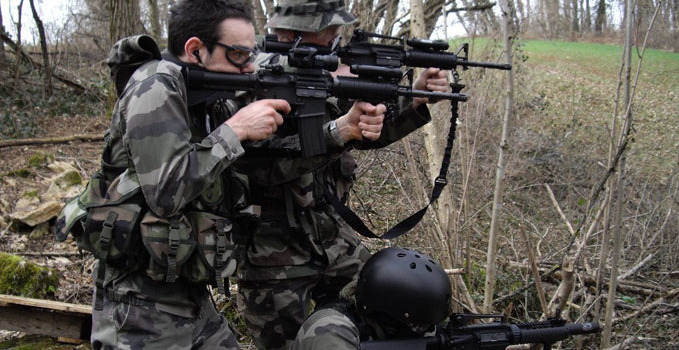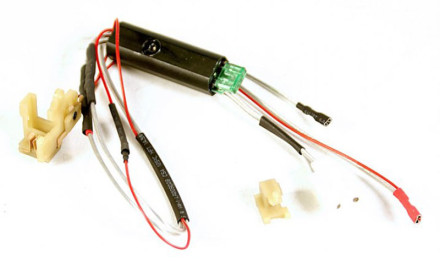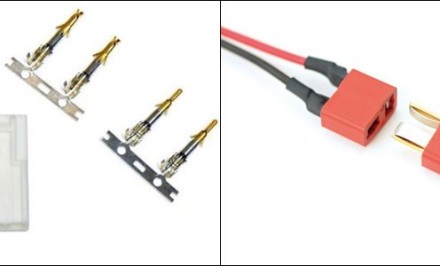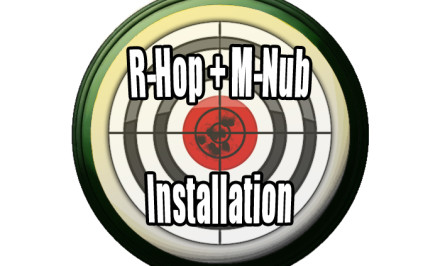I will go over some easy things you can do to improve your current compression components in your AEG. Maximizing your compression is important, why make your AEG do more work than it needs to with limited results?
Let’s begin with the Piston head O-Ring. Remove the piston head O ring, remove any grease and then clean it with alcohol or some kind of solvent.
Now that the O ring is clean, stretch it onto your (a) AEG cylinder. Once you have it on, take something hot for example a soldering iron or lighter and begin to heat the O ring while it is on the cylinder. Heating up the O ring, will expand it, be careful not to melt it or heat it for too long. With your heat source stationary begin to rotate the cylinder. If you apply heat it for too long, it will be too large to fit back into the cylinder and /or there will be too much friction between the piston head and the cylinder.
With the O ring expanded, install it back on the piston head; notice how it is not so tight anymore.
Go ahead and do a compression test and see how much better it seals air.
Next let’s move onto the Cylinder Head. Most stock cylinder heads come equipped with single O-rings, this is not the best air seal it could be, although some do seal air great, some just are not good stock.
Let’s begin by applying a layer of thread seal tape to the part of the cylinder head that inserts into the cylinder head. Notice a tighter fit? Additional layers can be applied on the basis of how loose the cylinder head and cylinder fitment is.
Next do a compression test to see if there is any air leaks in the nozzle. Be sure to test compression the air nozzle at the end of the cylinder head tube because this is when the air gets released.
If you happen to notice any leaks in the air seal nozzle, it is wise to switch to an O-ring air nozzle, sometimes it is unnecessary as some cylinder head tubes are wider than normal, like the ZCI integration cylinder head.
Next let’s move onto the hop up and barrel assembly. Remove the barrel and stock hop up out of the gun. Seal off the magazine feed hole and the end of the bore; I usually use the tips of my fingers. Next, blow into the main breach of the hop where the air seal nozzle goes in. Notice any leaks? Stock hop units are generally fairly well sealed, usually when we swap parts, leaks are created. If you notice any leaks, it is 9 times out of 10 the bucking, which will need to be changed.
Something else to take into account will be the air seal nozzle to hop bucking, if your nozzle isn’t going far enough into the hop unit, air will escape, this usually occurs when the nozzle is a tenth of a millimeter or more too short. How do you diagnose this? Well, when all else fails you have done everything right to your knowledge and all else fails. Switch to a minutely longer nozzle. Not putting a MASADA nozzle in your MP5, but find a nozzle that is a tenth of a millimeter or so longer.











